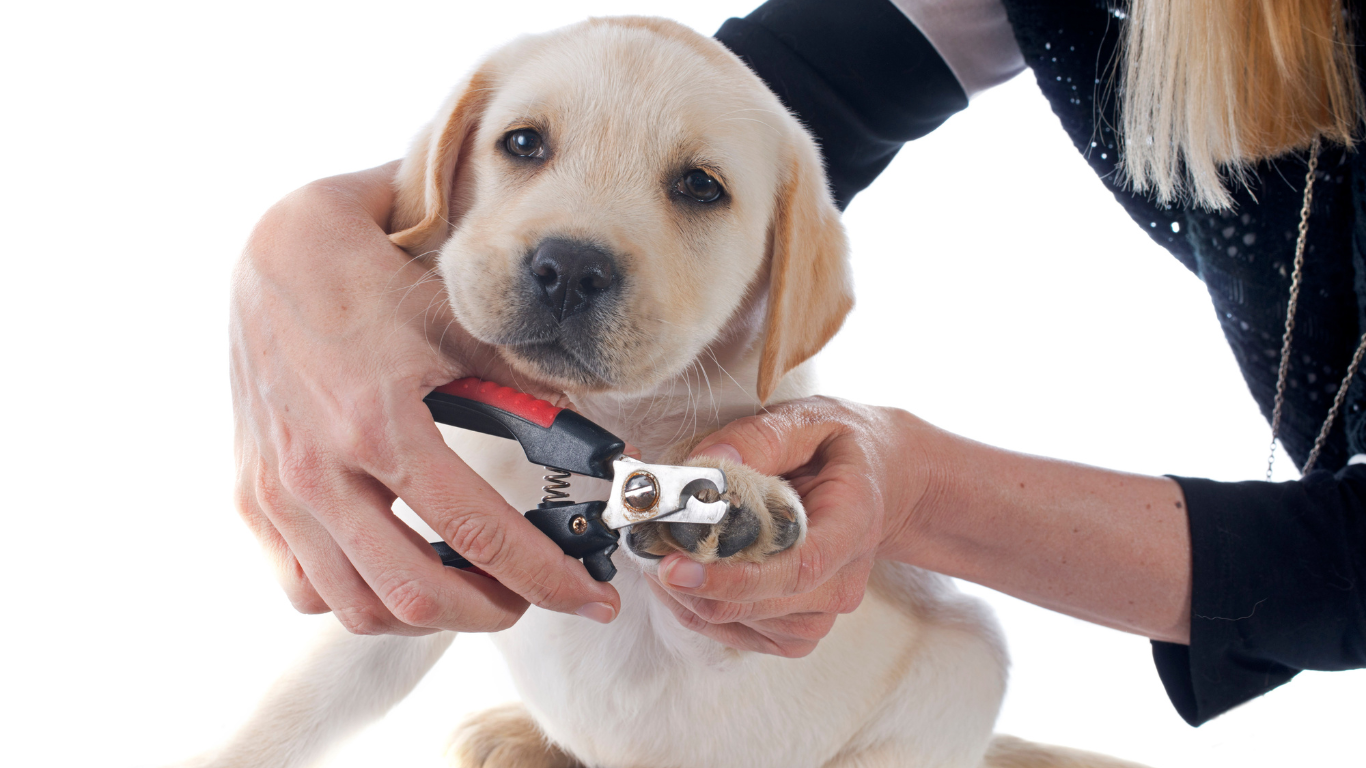A Step-By-Step Guide: The Best Ways to Clip Your Dog’s Nails

Maintaining your dog’s nail length is not only crucial for their appearance but also for their overall health and comfort. Overgrown nails can lead to discomfort, affect your pet’s mobility, and in severe cases, cause pain and injuries. However, many dog owners find the process intimidating due to the fear of hurting their pet. Here’s a comprehensive guide that will make nail clipping a stress-free task for you and your furry friend.
Understanding The Structure Of A Dog’s Nail
Before you start, it’s crucial to understand the structure of a dog’s nail. Inside the nail is a sensitive area called the “quick,” which contains blood vessels and nerves. Cutting into the quick is painful for your dog and can lead to bleeding, so it’s essential to avoid it. The quick is easier to spot in dogs with lighter nails, appearing as a pinkish area within the nail. For dogs with dark nails, the quick is harder to spot, so extra care is needed.
1. Create a Calm Environment
Start by ensuring that both you and your dog are calm. Choose a quiet, well-lit space where you both feel comfortable. Use positive reinforcement like treats, petting, and soothing words to help your dog associate nail clipping with good experiences.
2. Choose The Right Tools
There are different types of nail clippers available, including guillotine-style clippers, scissor-type clippers, and grinders. The right one depends on your dog’s size and the thickness of their nails. Guillotine-style clippers are usually suitable for small to medium-sized dogs, while scissor-type clippers are good for larger dogs with thick nails. Grinders gradually file down the nail instead of cutting it and can be a good option for dogs who are anxious about nail clipping.
3. Handling Your Dog’s Paws
Before you begin clipping, get your dog accustomed to having their paws touched. Gently hold and massage each paw, giving them a treat afterwards to create a positive association. This step might need to be repeated over days or weeks for dogs that are very sensitive about their feet.
4. The Clipping Process
Once your dog is comfortable, hold the paw firmly but gently. With the clipper in your other hand, cut the nail at a 45-degree angle, taking care not to cut into the quick. If you can’t see the quick, it’s safer to make several small cuts rather than one big one.
5. What To Do If You Cut The Quick
Despite our best efforts, sometimes we might accidentally cut into the quick. If this happens, don’t panic. Use styptic powder or a styptic pen to stop the bleeding, applying gentle pressure until it stops.
6. Reward Your Dog
After each nail, reward your dog with a treat or praise. Make sure to end the session on a positive note, even if you were only able to trim a few nails. Remember, it’s okay to break the trimming into multiple sessions if your dog is anxious or uncooperative.
7. Regular Nail Care
Ideally, a dog’s nails should be clipped every 3-4 weeks, but the frequency depends on your dog’s activity level and the surface they usually walk on. Regular walks on concrete or asphalt can naturally help keep the nails short.
Clipping your dog’s nails can be a bit challenging at first, but with patience, persistence, and positivity, it can become a stress-free routine. If you’re still uncomfortable doing it yourself, a professional groomer or a vet can take care of it, and you can observe their technique for future reference. Remember, the safety and comfort of your dog should be the top priority during nail clipping.
